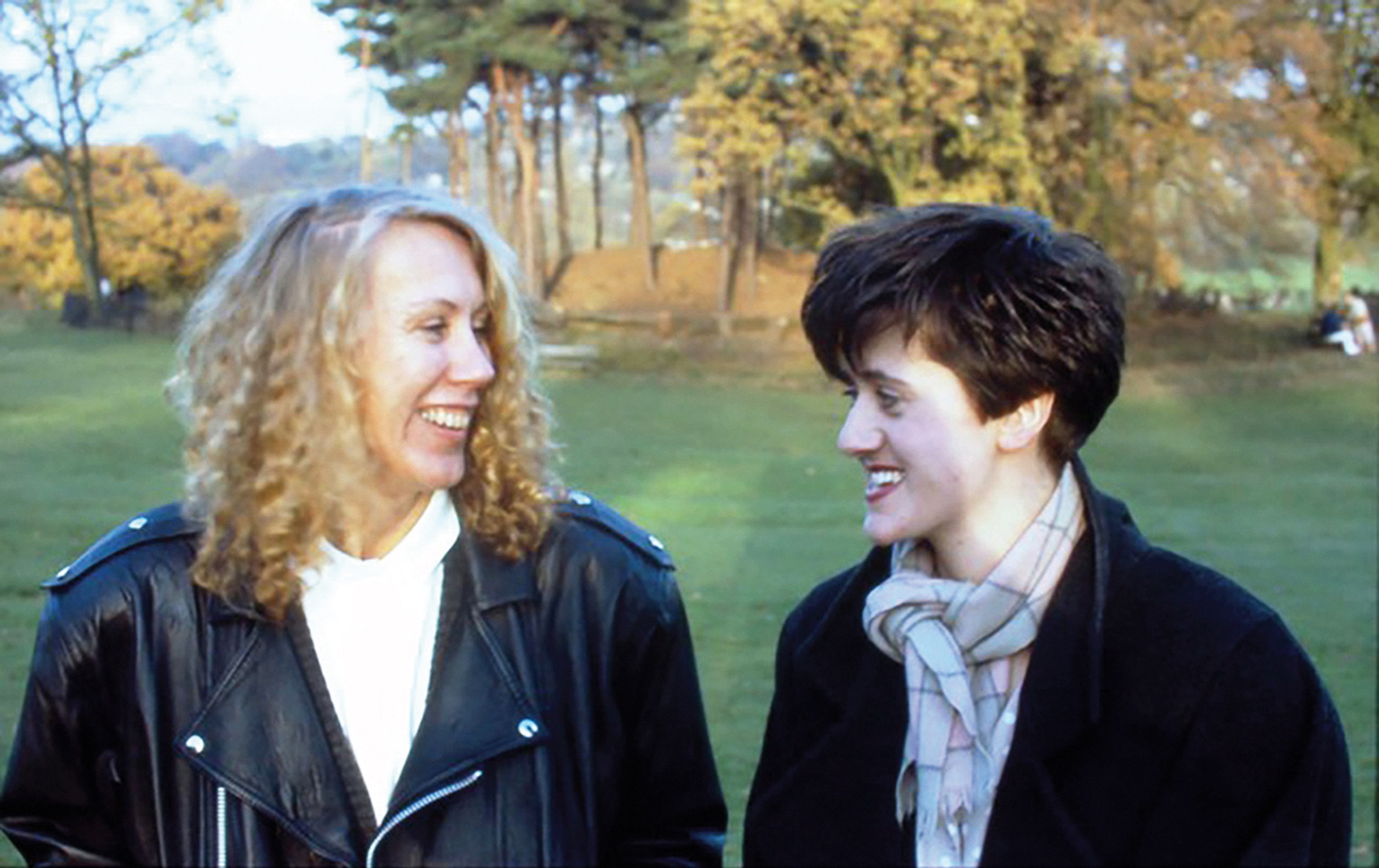
Friendship often begins in aspiration and projection, as one or both parties see in the other qualities – frequently intangible and nebulous – that they admire, or envy, or that they believe themselves to lack. Sometimes we feel that something of the other might rub off on us, that we might be, to invert Philip Larkin’s thoughts about procreation, increased rather than diluted. We might also believe that such impulses are less powerful than those in romantic relationships. On this last, art, literature and our own experiences suggest we are wrong.
The musician, author and New Statesman columnist Tracey Thorn hasn’t fallen into that misapprehension; her paean to her friend Lindy Morrison, the drummer with the Australian indie-rock band the Go-Betweens for virtually all of the 1980s, vibrates with the intensity of deeply felt love and even longing, perhaps especially at the points when the passage of time, or distance, or the arrival of other pressures means their relationship drifts.
A friendship, demonstrably more so than a romantic relationship, can accommodate such longueurs. And yet: at the end of the story, when Thorn describes flying to Sydney, not having seen Morrison for 25 years, to develop the half-formed idea that will go on to become this book, her nervous energy burns more brightly than that of a thousand first dates.
[See also: Paul Kagame: the hidden dictator]
Thorn was in her first band, the Marine Girls, when she met Morrison backstage at the Lyceum in London in 1983, and her memory is suitably dramatic, filmic even: Thorn, unconfident, fed up, mired in the misery of a disintegrating group; Morrison, crashing through the dressing room door, loud, assured, brash – a word that crops up frequently in others’ perceptions of her – on the hunt for a spare lipstick. They were not temperamentally similar, nor in or going to the same place in terms of their musical careers, and their rackety schedules immediately cast them apart again. But somehow a bond was formed, thrived and survived.
And it also changed. As Thorn’s professional and personal life became more established through the success of Everything but the Girl, her marriage to the band’s other half, Ben Watt, and the arrival of their children, she began to see vulnerability in Morrison where previously she had seen mainly solidity, and tentativeness where before there had been certainty, focus and – in a very rock ’n’ roll sense – no fucks given.
But My Rock ’n’ Roll Friend is about much more than the dynamic of a personal relationship. It is also about Morrison as a musician; as an activist in the politically repressive atmosphere of 1970s Queensland; as the member of a female punk band that foundered partly because they didn’t write their own songs; as a would-be rock star who found a real physicality in drumming; and as one half of a volatile romantic relationship with her Go-Betweens bandmate Robert Forster.
The Go-Betweens were perhaps the finest example of the torrent of mid-Eighties indie rock that led the Smiths and REM to reach unfeasible heights of popularity. The band’s songwriters, Forster and Grant McLennan, combined their musical influences (Bob Dylan’s wordiness, the Velvet Underground’s dramatic simplicity, itself channelled through the New York art-rockers of the late 1970s) and a love of literature and film into something both familiar and unique. Their songs were romantic, angular, usually hummable and very often great.
Forster and McLennan could paint across a spectrum from pastoral whimsy to volcanic anger because of Morrison, whose playing combined empathy, accuracy, energy and swing in a way few others have managed (comparisons have been made with Charlie Watts and Levon Helm). Live, she was unforgettable: a dervish, a powerhouse, but tender, too, her personality crystallised in her percussion. That they never became a commercial success is bewildering, and is a large part of the band’s post-career mythology – one that Thorn scrupulously dissects.
[See also: “It’s hardly a diplomatic secret that Boris Johnson is a liar”: Sylvie Bermann on life as a diplomat]
The book is a nerd’s paradise, if that nerd is of an age and inclination to be obsessed with jangly guitar-based 1980s music; reading it, one can spend a happy hour or two piecing together gigs, TV appearances and record labels. I was particularly gratified to see an allusion to my favourite, criminally underrated Everything but the Girl song, “Mirrorball”, and even writing those words reminds me of howling for them to play it at a gig I went to with my own best friend.
But overwhelmingly, this is both a very specific story of what happens to women in the music industry and a universal one about the people whose impact on us is so much more than the sum of its parts, and how we carry them in our lives. “When I first saw her over my shoulder in the dressing room mirror, I saw an outline, drawn in broad strokes,” Thorn writes. “No details, no contradictions. This warrior, who seemed to be swooping in to save me, I was going to use her as armour. I would go into battle bearing her before me as a golden shield… When I think of it now, I ask myself, what does a mirror show us? Our image in reverse? Or our identical self reflecting back at us?”
My Rock ’n’ Roll Friend
Tracey Thorn
Canongate, 256pp, £16.99
This article appears in the 14 Apr 2021 issue of the New Statesman, Careless people



